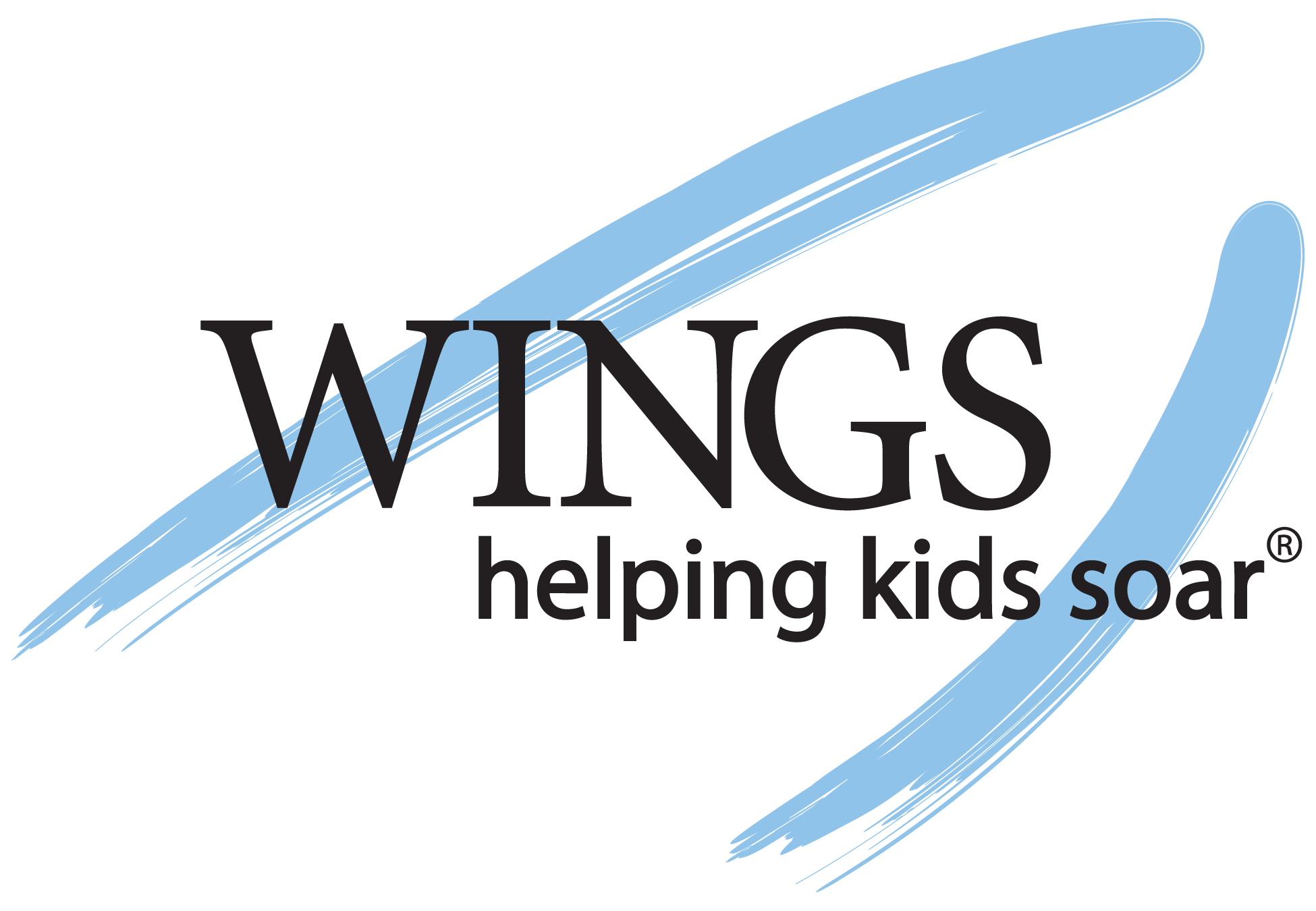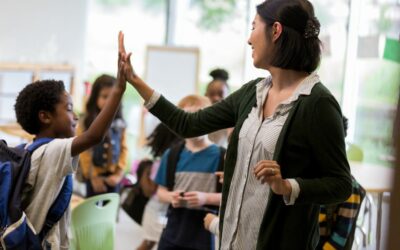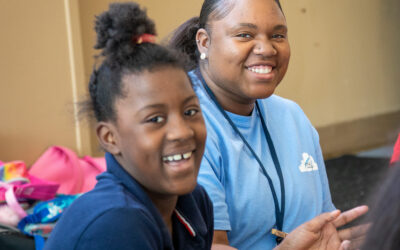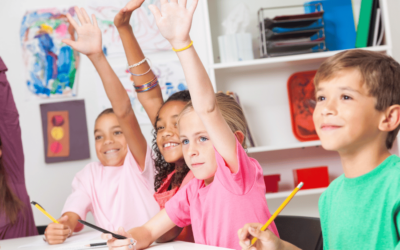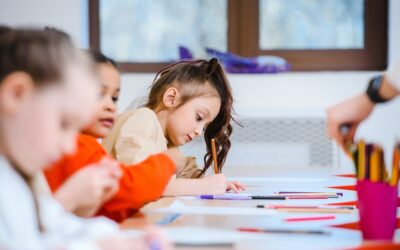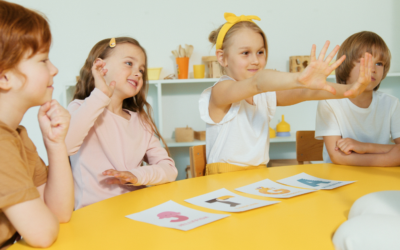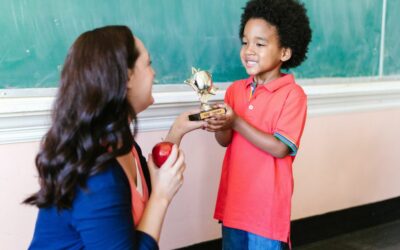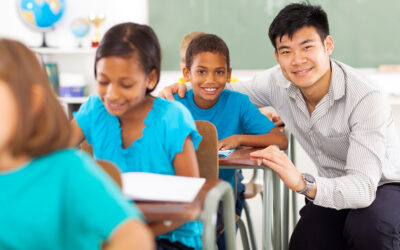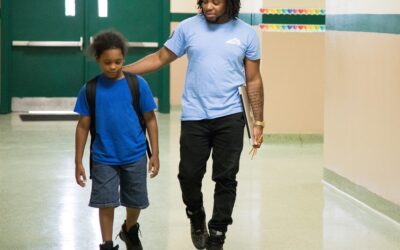Most kids get angry sometimes. It’s a natural reaction when life feels overwhelming, difficult, or unfair. It’s also natural for the adults in charge to feel conflicted when it happens. They can feel irritated and want to help at the same time. An important part of any healthy relationship is being able to deal with conflict when it arises.
What Is PEACE?
One way to help kids deal with difficult situations is a strategy that we’ve simplified using the acronym PEACE. It stands for:
P – Pause and calm down
E – Express yourself and listen to others
A – Acknowledge options for solutions
C – Choose the best option
E – End it by moving on
How To Implement PEACE
Describe what a disagreement is and the types of feelings people have when they are in a disagreement. Explain you must think about both sides of an argument and step into the other person’s shoes when disagreeing with them.
It is important to encourage students to be confident with their argument and stand up for what they believe is the best or right choice in a peaceful way.
Try a few different prompts to get students thinking deeply about how to handle conflicts when they arise:
Example: “Think about the last time you got into an argument with another child.”
“Raise your hand if any of these things happened to you during a recent argument: arguing, yelling, door slamming, hitting, crying, hurt feelings.”
“When people disagree with you it is important to step into their shoes and understand that you are different people who see things differently. How can you show someone that you are listening to them even if you disagree with them?”
You likely already model social skills like active listening, cooperation, and empathy on a daily basis. Take it a step further and explain the behaviors you’re modeling.
The next time you’re feeling frustrated by a conflict, tell your students how you’re feeling. Talk about how you deal with frustration, such as pausing and calming down by taking a few deep breaths.
Talk About Emotions
Disagreeable reactions are normal and it’s OK to feel different emotions.
Look at the Emotional Alphabet together and discuss some emotions you may feel before, during, and after a conflict happens.
Example: “When you get into arguments and disagreements with other children or adults, you often feel many emotions. What are some emotions you might feel in the heat of the moment?”
Make a list of alternative solutions to conflicts. Be clear that it’s not OK to take anger out on other people.
Key Points
Use the Emotional Alphabet to identify different words to describe how you might be feeling
Find alternative solutions to conflicts
Understand that it's NOT okay to take your anger out on others or resort to violence to make a point
Example: “Fighting and yelling will NEVER resolve a conflict. It is okay to disagree with a person, that’s why we say that everyone is unique. Disagreements can be good, they help us see what other people are thinking or feeling. But it is very important to try to resolve conflicts in a nice way, so that no one gets hurt.”
Talk through different scenarios and what a solution might be.
Example: “Remember, there isn’t always a perfect solution to every conflict. Sometimes it takes compromising or agreeing to disagree, then ending it by moving on.”
Tips for Effective Facilitation and Implementation
- Help direct a student’s approach to the conversation in a way that doesn’t put the other person on the defensive. In other words, try to stick to the facts instead of playing the blame game.
- Have students try to resolve a conflict right away. Pausing to find a solution in the moment is better than waiting for it to become a potentially bigger problem later.
- Remind students of the other skills required to solve conflicts peacefully: Supporting and trusting each other, working together (as a team) to find a solution, being kind, caring, and listening.
Kids will experience ups and downs with their friends as they grow and change. That’s part of growing up. By preparing kids with strategies to cope with these upsetting situations, they are better able to work through the obstacles and preserve their friendships.
